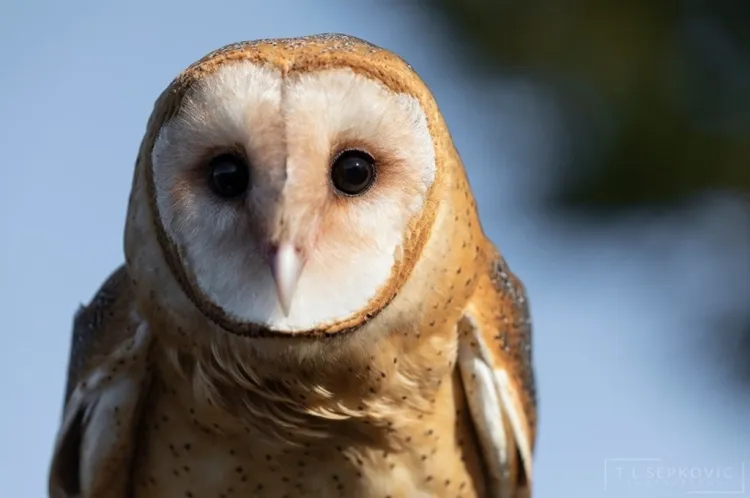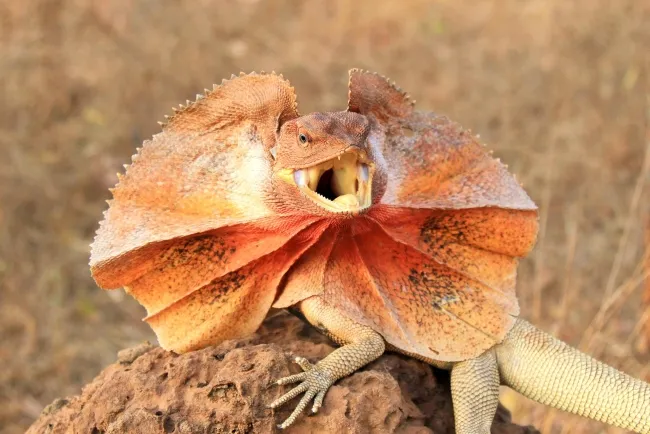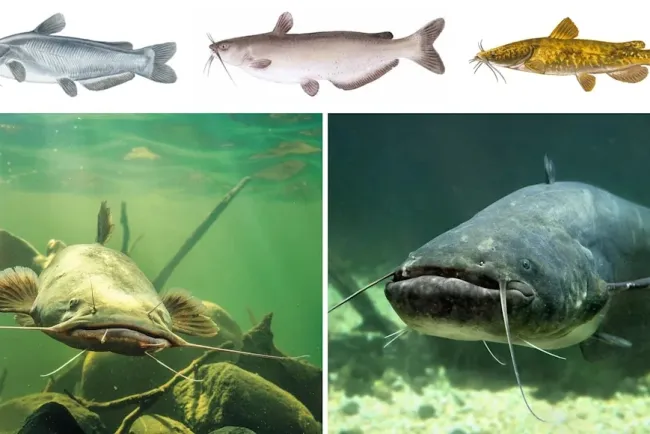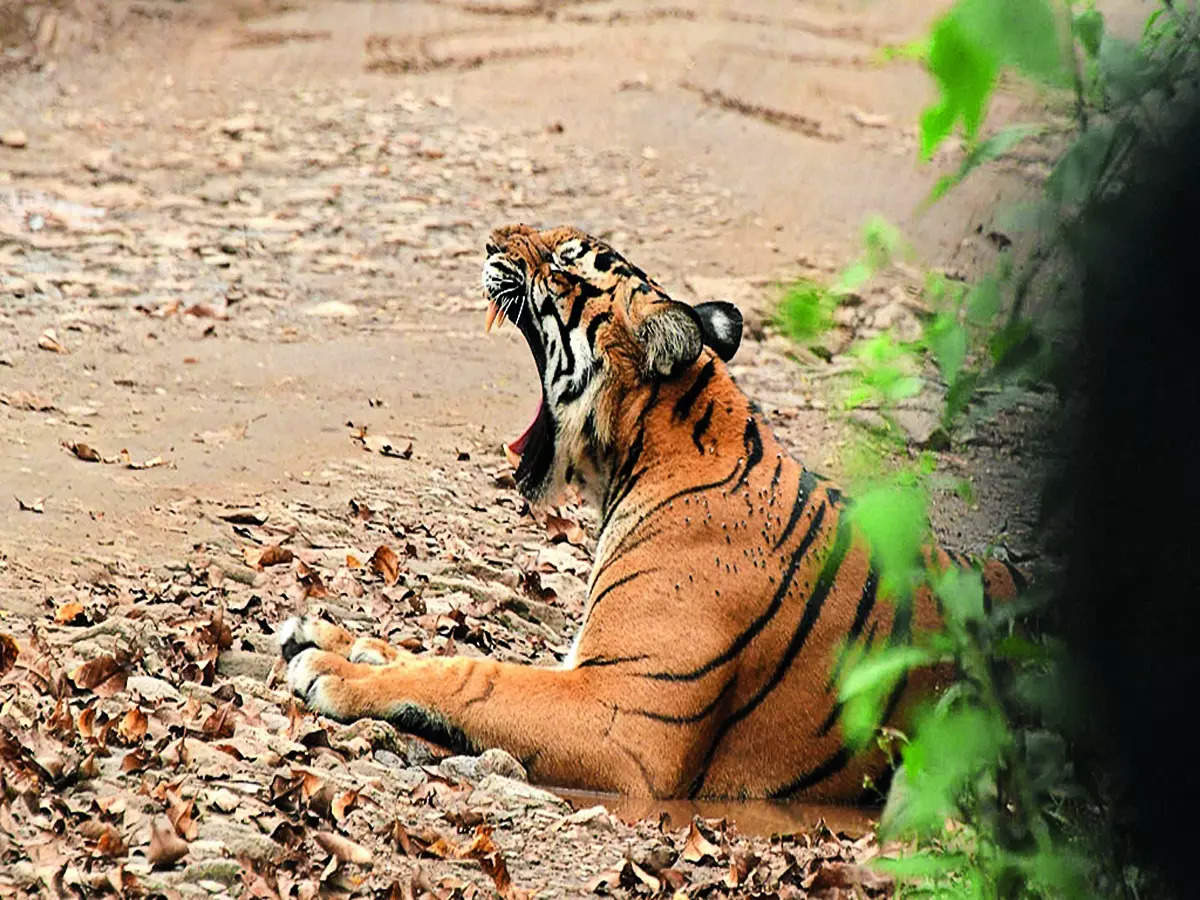Guardians of the Night: The Ecological and Cultural Significance of Owls...!!!
Owls are enigmatic and captivating birds of prey found across the globe. Known for their distinctive calls, nocturnal habits, and unique adaptations, owls play essential roles in their ecosystems. There are numerous species of owls, each with unique characteristics and behaviors.

Types of Owls
1. Barn Owl (Tyto alba)
The barn owl is easily recognizable by its heart-shaped face, white underparts, and golden-brown upper parts. It is found worldwide, except for polar and desert regions. Barn owls prefer open habitats such as grasslands, agricultural fields, and marshes.
2. Great Horned Owl (Bubo virginianus)
The great horned owl is one of North America's most widespread and adaptable owl species. It has distinctive ear tufts, a mottled gray-brown body, and striking yellow eyes. This owl inhabits a range of environments, from forests to deserts and urban areas.
3. Snowy Owl (Bubo scandiacus)
Snowy owls are large, white owls native to the Arctic regions of North America and Eurasia. They have bright yellow eyes and are well-adapted to cold environments. Snowy owls migrate south during the winter to find food, sometimes reaching as far as the northern United States.
4. Eastern Screech Owl (Megascops asio)
The eastern screech owl is a small owl with a compact body and ear tufts. It comes in two color morphs: gray and reddish-brown. This owl is found in eastern North America and prefers wooded areas, suburbs, and parks.
5. Burrowing Owl (Athene cunicularia)
Burrowing owls are small, long-legged owls that inhabit open grasslands, deserts, and prairies in North and South America. Unlike most owls, they are active during the day and nest in burrows dug by other animals.
6. Barred Owl (Strix varia)
Barred owls are medium-sized owls with a rounded head, no ear tufts, and a distinctive "who cooks for you" call. They have brown and white striped plumage and are found in mature forests across North America.
7. Northern Saw-whet Owl (Aegolius acadicus)
The northern saw-whet owl is a small, secretive owl with a round head and no ear tufts. It has a mottled brown and white body and is known for its high-pitched, repetitive call. These owls inhabit dense forests in North America.
8. Eurasian Eagle-Owl (Bubo bubo)
The Eurasian eagle-owl is one of the largest owl species, with prominent ear tufts and striking orange eyes. It is found across Europe and Asia in diverse habitats, including forests, mountains, and open plains.

Roles of Owls in Nature
Owls play critical roles in their ecosystems, acting as both predators and indicators of environmental health. Their roles include:
1. Pest Control
Owls are natural pest controllers, preying on a variety of small mammals, insects, and other pests. By keeping rodent populations in check, they help prevent the spread of diseases and protect crops. For example:
-
Barn Owls: A single barn owl can consume up to 1,000 rodents in a year, making them valuable allies for farmers.
-
Eastern Screech Owls: These owls feed on insects, small mammals, and birds, helping to control pest populations in suburban and urban areas.
2. Biodiversity Indicators
Owls are often used as indicators of biodiversity and environmental health. Their presence and abundance can provide insights into the overall health of an ecosystem. Healthy owl populations indicate a robust prey base and a well-functioning ecosystem. Conversely, a decline in owl populations may signal environmental issues, such as habitat loss, pollution, or climate change.
3. Seed Dispersal and Forest Regeneration
While owls primarily feed on animals, some species consume fruits and berries, aiding in seed dispersal and forest regeneration. For instance, the northern saw-whet owl occasionally eats fruits, helping to spread seeds and promote plant growth.
4. Cultural Significance
Owls hold cultural significance in many societies, symbolizing wisdom, mystery, and protection. They are featured in folklore, mythology, and art worldwide. For example:
-
Ancient Greece: The owl was a symbol of Athena, the goddess of wisdom and warfare.
-
Native American Cultures: Owls are often seen as protectors and messengers, with varying interpretations depending on the tribe.
-
Hinduism: The owl is associated with Lakshmi, the goddess of wealth and prosperity.
5. Research and Education
Owls are valuable subjects for scientific research and education. Studying their behavior, physiology, and ecology provides insights into avian biology and ecosystem dynamics. Additionally, owls serve as ambassadors for wildlife conservation, helping to raise awareness about the importance of preserving natural habitats.
Conservation of Owls
Many owl species face threats from habitat loss, climate change, pollution, and human-wildlife conflict. Conservation efforts focus on protecting habitats, reducing human impact, and promoting coexistence between owls and humans. Key conservation strategies include:
1. Habitat Protection
Preserving and restoring natural habitats is crucial for maintaining healthy owl populations. Protected areas, such as national parks and wildlife reserves, provide safe havens for owls and other wildlife.
2. Public Awareness and Education
Raising public awareness about the importance of owls and their conservation is essential. Educational programs, community outreach, and citizen science initiatives can foster appreciation and support for owl conservation.
3. Research and Monitoring
Ongoing research and monitoring are vital for understanding owl populations and their ecological roles. Tracking owl movements, breeding success, and population trends helps inform conservation strategies and measure their effectiveness.
4. Mitigating Human-Wildlife Conflict
Implementing measures to reduce human-wildlife conflict is essential for protecting owls. This includes promoting wildlife-friendly farming practices, reducing pesticide use, and creating safe nesting sites.
Owls are remarkable birds with diverse species and significant ecological roles. From controlling pests and indicating ecosystem health to their cultural and educational importance, owls contribute immensely to our understanding and appreciation of the natural world. Conservation efforts are vital to ensuring the survival of these fascinating creatures and maintaining the balance of ecosystems. By protecting owl habitats and raising awareness about their significance, we can help preserve these majestic birds for future generations.
What's Your Reaction?

















